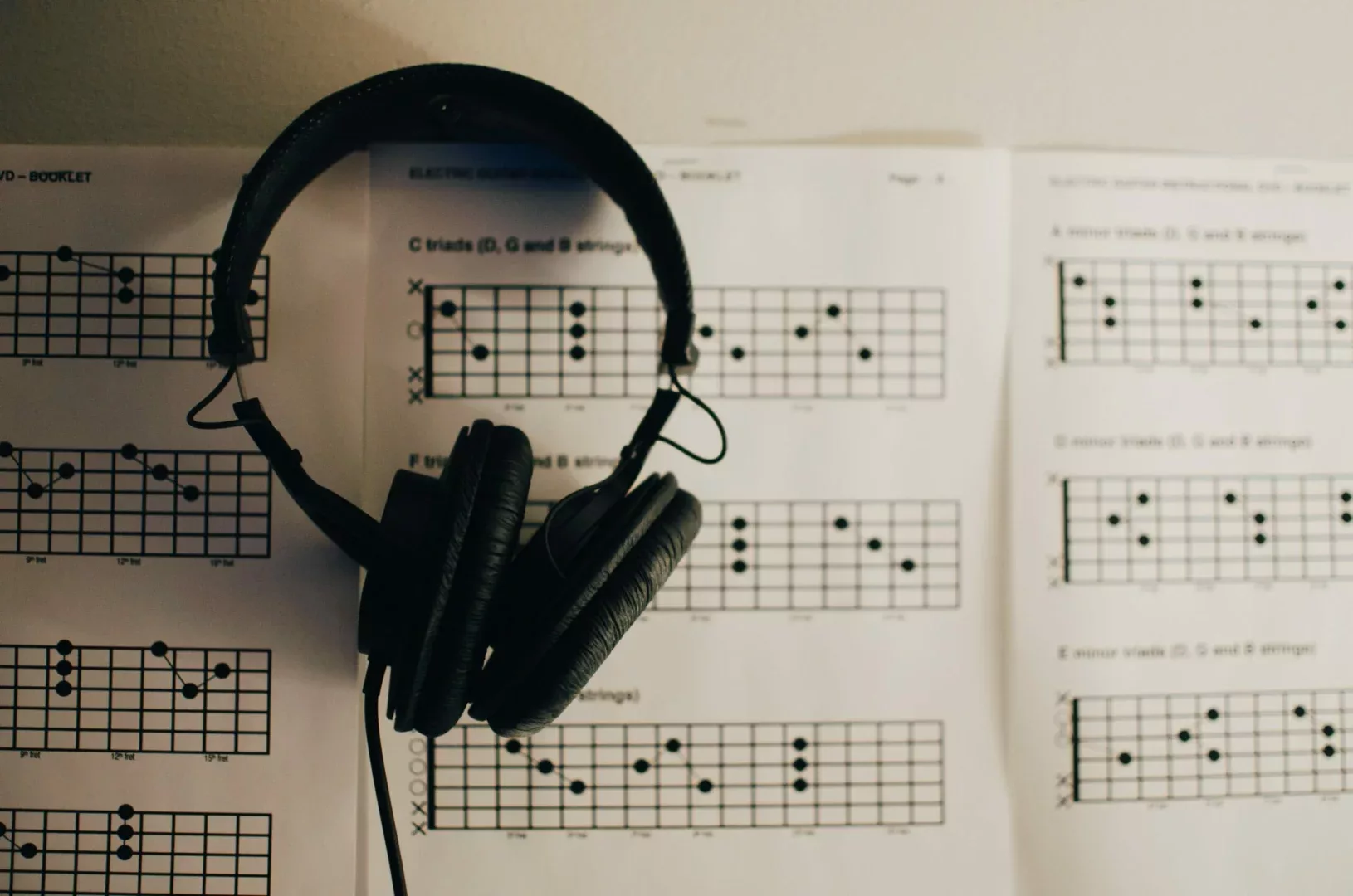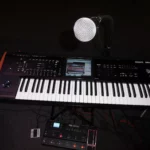
Navigating through the world of music theory can often seem like a daunting task. One of the essential skills for musicians, songwriters, and composers is understanding how to find chords in a key.
Whether you’re a beginner, an intermediate, or a professional musician, this guide is meticulously curated to help you master the art of identifying chords in any given key!
Related:
How to Find Middle C on a Piano
The Best Beginner Piano Books In 2023 (Top 10)
The Best Digital Pianos Under $1000: Expert Reviews
How to Find Chords in a Key: Full Musicians Guide
Contents
Understanding the Basics: What are Keys and Chords?
Before diving into the complexities, it’s crucial to grasp the fundamental concepts. A musical key dictates the group of pitches, or notes, used to construct a song or piece.
A chord, on the other hand, is a harmonious set of three or more notes played simultaneously. Chords come in several different variations, but the most basic 3-note triadic chords are either major or minor.
Identifying the sound of the different chords will be important when trying to find the chords in any given key.
The Steps

Step 1: Identifying the Root Note
The root note, also known as the tonic, is the foundational pillar upon which chords are built. The key of the music often determines this fundamental note. For instance, in the key of C major, the C note is the root.
Step 2: Getting Familiar with Major and Minor Scales
Scales form the building blocks of chords. Knowing the major and minor scales in the chosen key is essential. Let’s consider the C major scale, which comprises the following notes: C, D, E, F, G, A, B.
Step 3: Utilizing the Number System
Each note within a scale is assigned a specific number, which helps in identifying chords more efficiently. In the C major scale:
- C is 1
- D is 2
- E is 3
- F is 4
- G is 5
- A is 6
- B is 7
Step 4: Deriving Chords from the Scales
To find chords in a key, you need to pick notes from the scale and stack them. A common practice is to start with the root note, skip one, and then choose the next. For instance, in C major:
- C Major chord (C): C (1) – E (3) – G (5)
- D Minor chord (Dm): D (2) – F (4) – A (6)
- E Minor chord (Em): E (3) – G (5) – B (7)
- F Major chord (F): F (4) – A (6) – C (1)
- G Major chord (G): G (5) – B (7) – D (2)
- A Minor chord (Am): A (6) – C (1) – E (3)
- B Diminished chord (Bdim): B (7) – D (2) – F (4)
Step 5: Familiarizing with Chord Progressions
Chord progressions are sequences that provide a harmonic base. Familiar progressions like the I-IV-V-I are universal in various music genres.
Step 6: Experimenting and Practice
Experimentation and practice are key. Try various chord combinations and progressions to discover what works best for your musical piece.
Essential Tools and Resources
Several online tools and apps can assist you in finding chords in a key. Websites like Guitar Chord Finder and apps like Piano Companion are excellent resources to explore.
YouTube tutorials (like the one above) are also extremely useful for musicians looking to train their ears, learn the fundamentals of music theory, and develop their overall musicianship without in-person music lessons.
You can also read handy guides on how to find the chords in a kay or a song by ear, such as the following article from Pianote.
FAQ

1. How Do You Find the Chords in a Key Signature?
Some chords fit into a key signature, and those are called “diatonic” chords. On each scale tone, you can build a chord using chord tones from that scale. The first 3 chords in C-Major are C Major (C, E, G), D Minor (D, F, A), and E Minor (E, G, B).
2. What Is the Easiest Way to Identify Chords?
The trial and error method is the most common way to identify chords. You can listen to a chord progression and try to figure out each chord by playing around on your instrument, trying to find the chord that matches the one you hear in the progression.
This method is of course not that easy if you have no musical training, and you should look into some guides for your instrument, to understand harmony and the different types of chords, and for music theory, to help you to figure out the chords accurately.
3. Is There an App That Can Identify Chords?
Chord.ai is a fast and reliable App that can analyze the music you play to it and give you the chords. It is a simple way to learn about chords and harmony from the music you love. It is available on the Google Play Store for Android, and for Apple iOS also.
4. Can the Chords In a Key Change?
Yes, chords can vary based on the chosen scale and musical creativity.
5. How Can I Practice Finding Chords in Various Keys?
Utilizing online tools, practicing musical instruments, and analyzing songs are effective ways to practice.
Related:
How to Find a Piano Teacher (In 8 Steps)
How to Fix Piano Keys That Stick?
Conclusion
Figuring out how to find chords in a key is a powerful skill that enhances your musical understanding. With a strong foundation in music theory, combined with continuous practice and experimentation, you can master the art of identifying chords effortlessly.
Stay tuned to BetweenTheKeys for more insightful articles aimed at nurturing your musical journey. Explore practical guides, tips, and essential resources to enhance your music theory knowledge and application. Happy playing! 🎶







